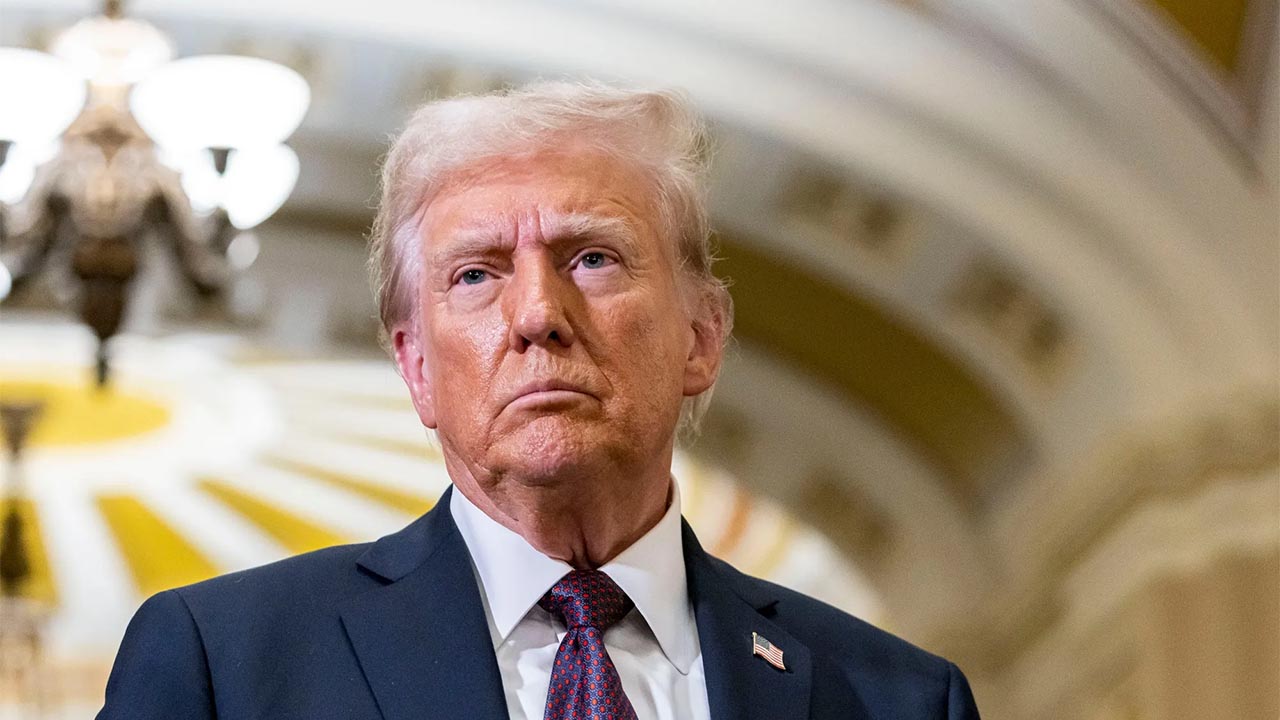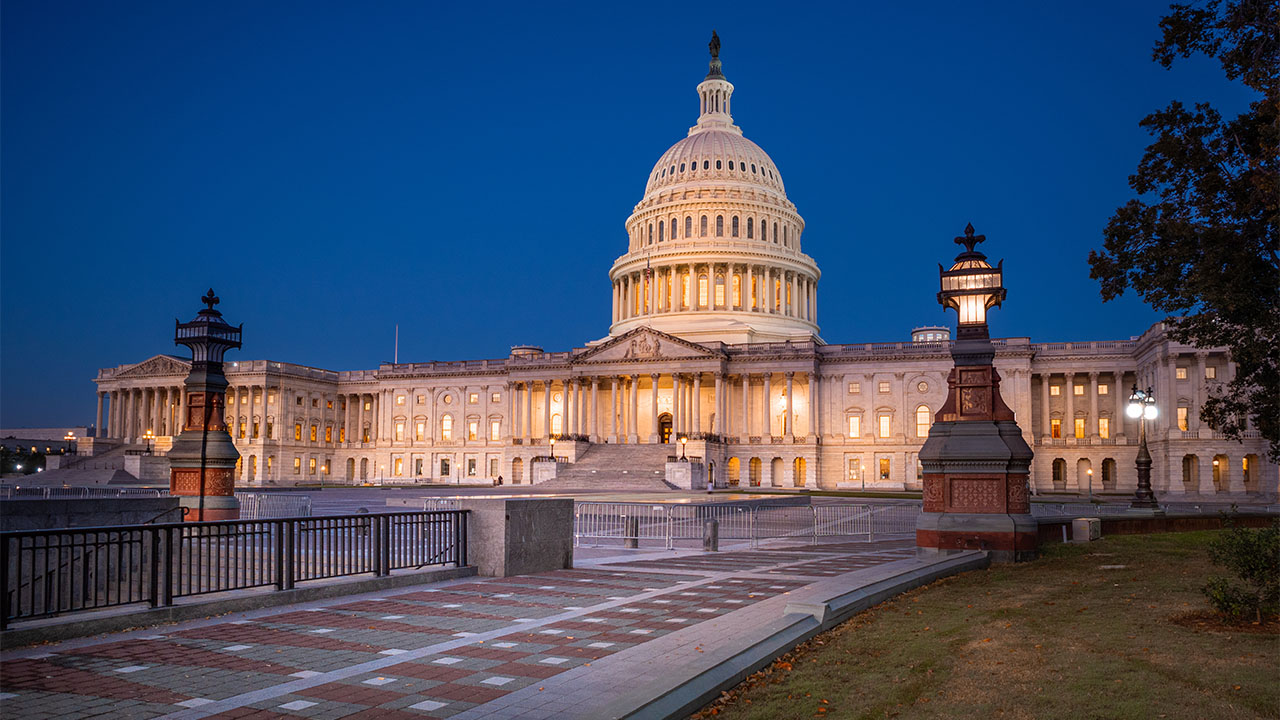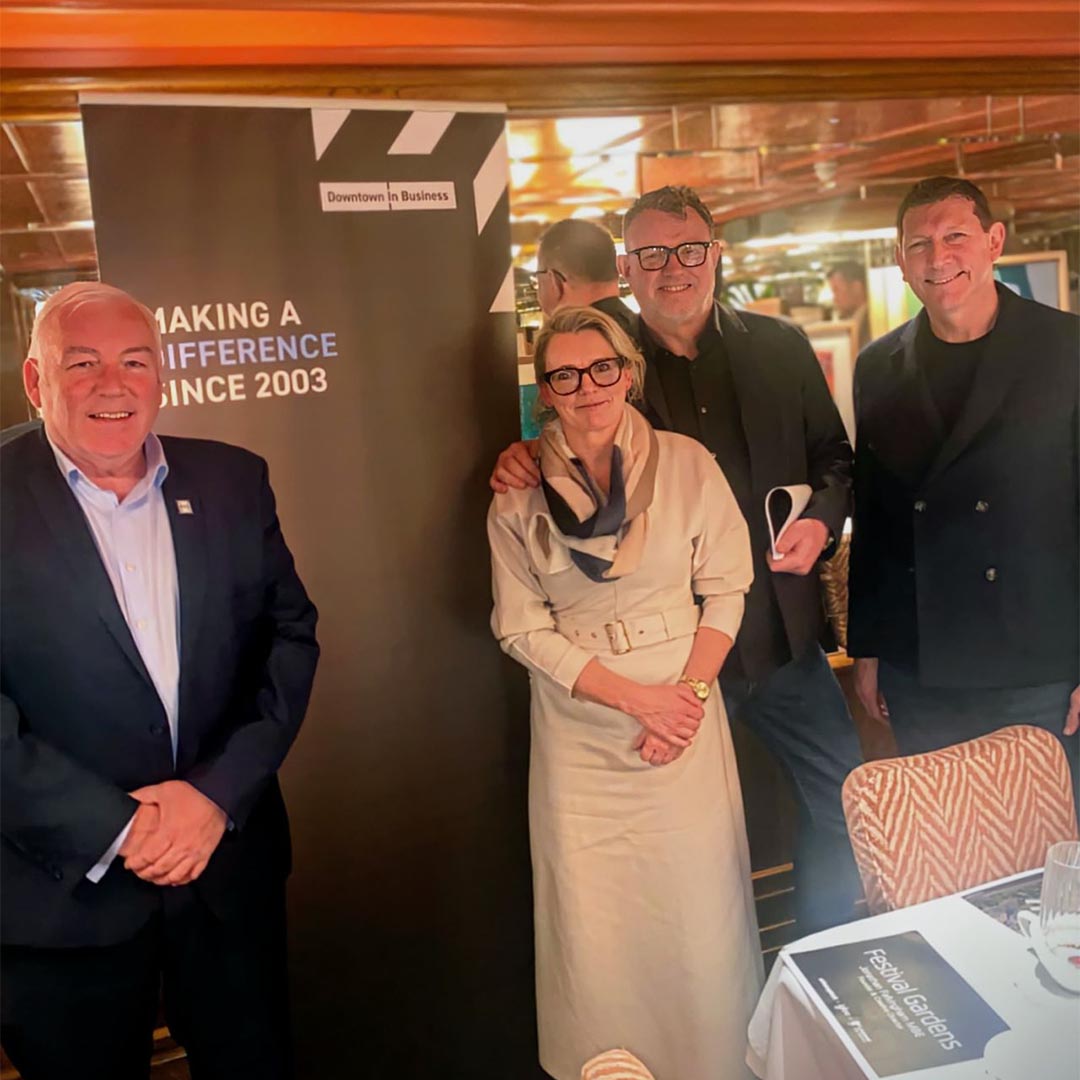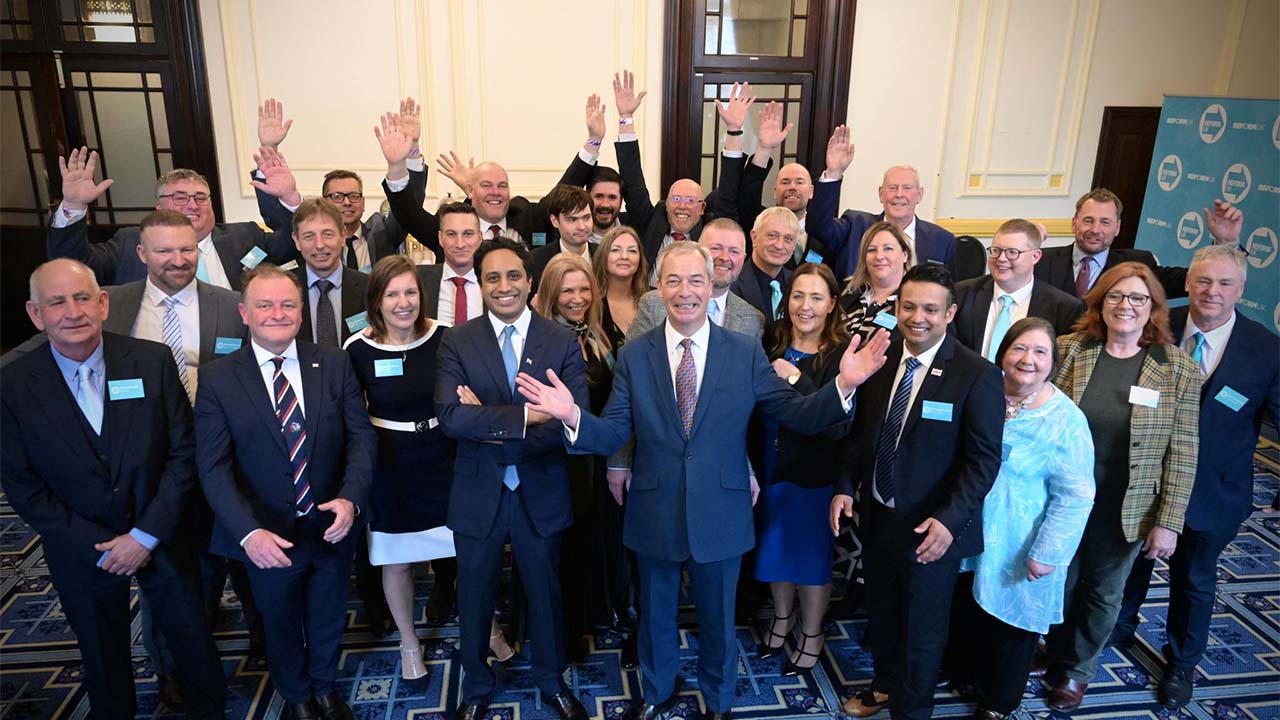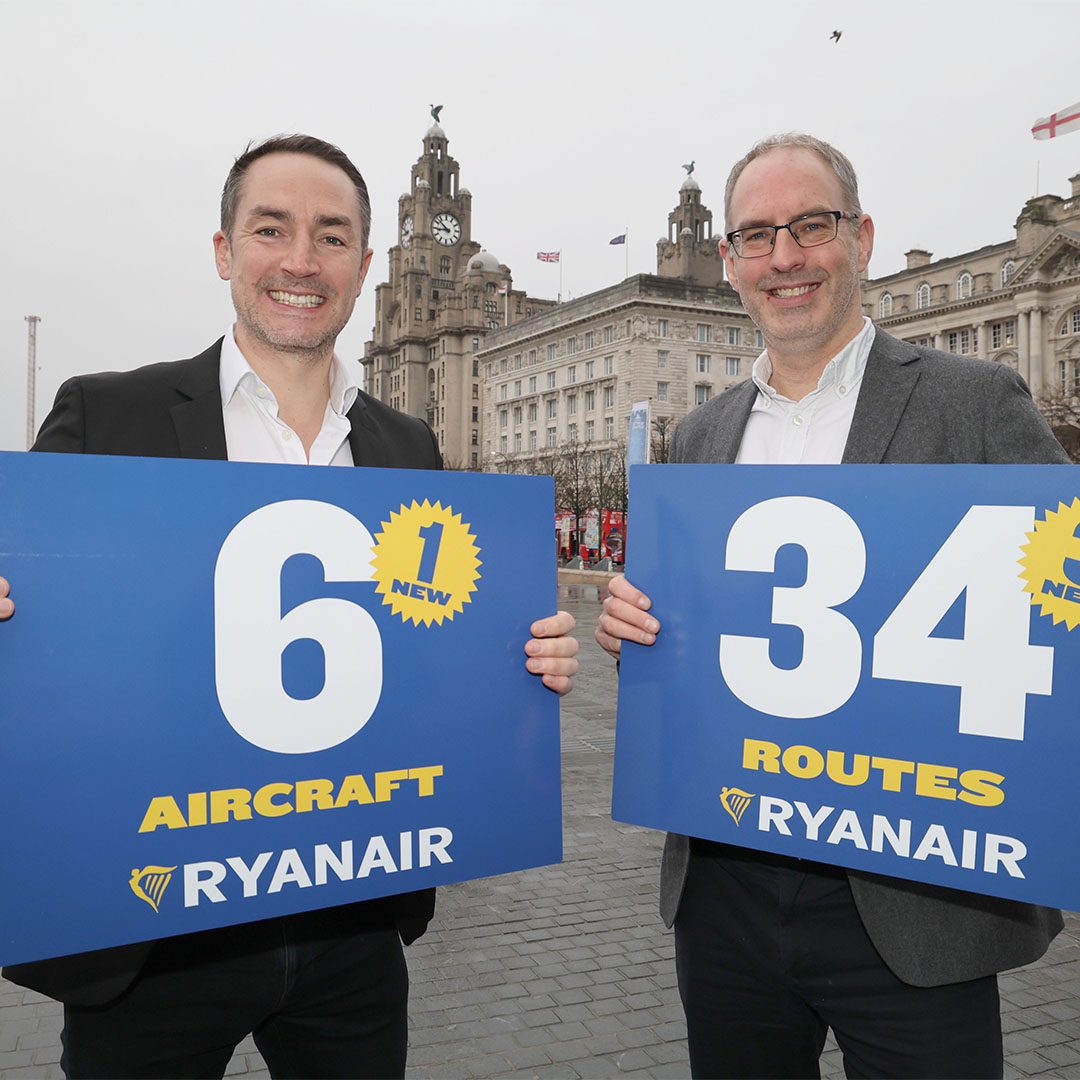Regular readers of this column will know sports play a major part in my personal, work and leisure life.
With the endless growth and expansion of broadcast platforms and channels, the past month has consisted of coffee-fuelled 5am ESPN+ starts for ICC ODI Cricket World Cup games, 8am channel-hops to Peacock for Rugby World Cup games and then an early afternoon leap to CBS Network for Champions League and Europa games.
Of course, it would be much easier to blend ‘fan life’ with ‘real life’ if those tournaments weren’t in such pesky time zones.
Thankfully, the broadcast gods have listened and recent announcements about the hosting of future World Cups have shifted the US to be the centre of my, and your, sporting universe for the next decade.
American sports fans are about to be served the world’s greatest sporting events, back-to-back, one after another.
Next year will see the T20 Cricket World Cup in Florida, Texas and New York. 2026 FIFA World Cup will be in Canada, Mexico and USA, while 2028 brings the Olympics to Los Angeles, and the Rugby World Cup will be here in 2031 with the Women’s Rugby World Cup in 2033.
Heaven.
Or maybe not.
Except for the Olympics where American athletes excel, the other sports are non-native to America, where the US national team failed to qualify for the most recent versions of the competitions.
And that lack of sporting prowess may be a concern for hosting major tournaments on our shores.
As viewers of the Rugby World Cup in France will have noticed, once the noisy Irish and Australian contingents were off for an early bath, the stadia reverberated to the crowd’s frequent renditions of La Marseillaise, the French national anthem, suggesting les frogs represented a large proportion of stadium attendance even in games where Les Blues weren’t playing.
More worryingly, viewers of the Cricket World Cup in India will have seen banks of empty seats in nearly every fixture where the hosts weren’t playing, suggesting cricket fans don’t travel in huge numbers for month long competitions and local supporters are very much fans of their team not simply the game.
If the sports have struggled in nations where they are the national game, overlay those conditions in a nation where, despite being the world’s largest sports market, the games of rugby and cricket are in their very infancy, have almost no meaningful tv or news coverage, and rely heavily on displaced transplants and migrants for any flicker of interest.
Add to that the challenge that America already has their own domestic favorites. A bit like how US mega-beers dominate tap and shelf space in every bar and supermarket despite arguably superior import products, US sports enjoy blanket coverage lockdown, 24/7 in TV broadcast time slots already.
The NFL, MLB and NBA are hugely successful – and profitable – broadcast and commercial beasts and even college football games draw crowds of 100,000+ on a regular basis. They clock up more hours of viewing, column inches of reporting and clicks and scrolls combined than anything else in the World.
Now, it may be that introducing the biggest tournaments in these new sports will pique the US sports fans interest, but without a national team to cheer, local heroes to celebrate, or even a rudimentary interest or knowledge of the game, it’s a big ask.
So, what can be done?
Today, Major League Rugby, the professional game in USA announced a partnership with Kappa to produce all the kits for the coming seasons. This is good news, quality merchandise, widely distributed and with a company who know how to activate supporters. Hopefully it entices other big-name brands to get involved and prompts Major League Cricket to follow suit expanding its over reliance on Indian food manufacturers and Mumbai-based financial services sponsors next year.
Getting engaged with and supported by global brands who have expertise in leisure and sports marketing is vital for these two leagues to prosper. Sports business is moving from the institution to the individual and superstars in sports, with their social media followings measured in millions, are amongst the most popular – and de facto influential – people on the planet.
Brands want to be around them, irrespective of the team they play for.
Sports leagues, teams and players are also increasingly moving into crossover or shared space with other entertainment and lifestyle brands. Music, fashion, food and drink, underwear, perfume and travel are now vehicles to introduce sports and sport stars to new audiences and vice versa. America has a handsome lead in these arenas too.
Next year’s T20 Cricket World Cup is probably coming too fast for MLC to find a starting XI who wouldn’t be humiliated in every game, but its presence on these shores should still be a huge opportunity to introduce the game to a new legion of fans.
While specialist cricket broadcaster Willow TV is in pole position for the broadcast deal, it would be smart of the ICC and Cricket USA organising committee to negotiate some way to share short form content via the players, the national teams and new sponsors to reach the 300million Americans who might not be aware cricket exists.
Would Willow TV benefit from being a ‘free to air app’ carrying Cricket World Cup if it could make massive increases in advertising? Remember, cricket has a natural break every 6 balls for short, less obtrusive advertising slots to be sold. It would reach more phones, tablets and laptops that way, a vital and valuable commercial asset going forward to grow the game. It’s worth exploring, surely?
And cricket has some grandstand moments – stumps flying, dramatic catches, embarrassing drops, and sixes whistling into the stands to be plucked from the air by supporters and duly celebrated. Packaged right, these make the great memes, highlight reels and shareable content sponsors are crying out for.
For rugby the opportunity is even greater.
As World Cup hosts, they are automatically qualified for the group stage. And while far from a world beater, the US Eagles were unlucky not to qualify for the latest games in France, losing out to Chile in the qualifiers. The womens’ team are more competitive and the WPL – Women’s Premier League – is looking to make great strides too.
If MLR can find sponsors and funding partners, create a grassroots entry to the game so it isn’t reliant on aging European and Oceanic players in its domestic league, and negotiate a solid multi-year streaming and broadcast deal in the run up to the World Cup – they might just crack it.
In a game where physical attributes, agility and tactical nous are critical components – finding players shouldn’t be a barrier. The US education system is largely built around American football – Alabama, the storied college football superpower – is often referred to as a Football team with a university attached.
Today, most college rugby is governed by USA Rugby, but the broader reach of college sports is managed by National Collegiate Athletic Association (NCAA). College football churns out thousands of premium athletes – some resembling front row forwards, others wily fly halves, many perfect as fleet of foot wingers and centres. While they all dream of a career in the riches of the NFL, only a few make it. And surely playing professional rugby for your country must be a loftier goal than trapsing round the farm leagues in Canada or remote parts of Europe. Closer cooperation between NCAA, USA Rugby and MLR must happen now.
Yes, part of the attraction of the NFL is the gobs of cash they get paid on multi-year contracts, and yes, rugby couldn’t compete with that.
But this is America. We’re resourceful, anything is possible. After all South Africa has retained the Rugby World Cup and now look set to challenge India for the Cricket title despite only having a population of 60million, less than a 5th of those between our shining seas.
And we already have the biggest sports commercial markets. Money is slewing around sport.
Despite being bankrupt in 2021, USA Rugby is forecast to make a bumper windfall on the games.
It is offering the 2031 and 2033 games as a package, and is already in negotiation with cities across the nation for hosting rights. Many of the games will be at NFL stadiums who are among, if not the best in the world, at showcase events, ticketing, and commercial activities squeezing every red cent out of supporters.
Cities are boosting the funding to attract games knowing the tourism uplift, the concerts, fan zones and branding opportunities are worth millions alone. And federal funds can always be called upon too.
Virgins to hosting World Cups, USA Rugby will have its hands held by World Rugby who, in return will share the risks and rewards equally. Everyone wants this to be a success.
My other great past-time is a wager or three.
While online gambling is reasonably new in the US, sports books have been around a while, and in my opinion, their odds-setters are considerably more generous than the brown-shoed shufflers churning algorithms in Gibraltar, Malta or the Isle of Man for Ladbrokes or Paddy Power.
This morning, I checked for any odds for the US to win Rugby World Cup 2031. It’s a bit far ahead still, but the 2027 version in Australia has the Vegas guys making offers. For a $100 punt, one of my favorite odds layers will give you $250,000 if America lift the cup. Long odds I’ll agree, but 12,000 times better than your chances of winning the lottery and that doesn’t stop us ‘believing’.
Worth a flutter on a US victory in 2031?



